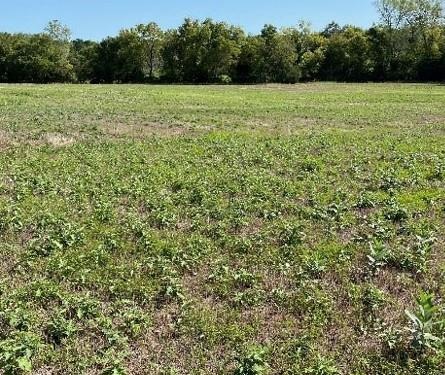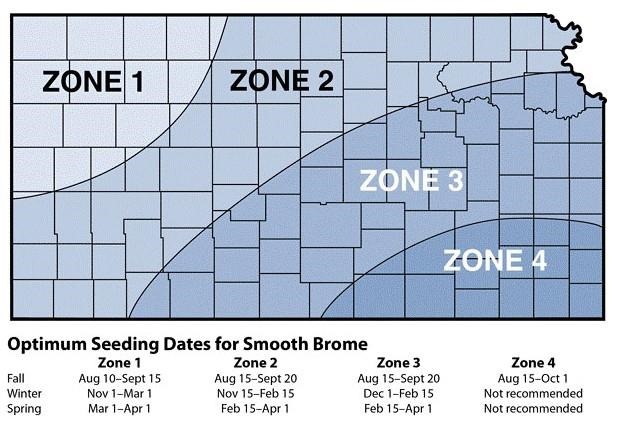- Smooth brome hay should be cut between early heading and full bloom (usually mid-May to June 1) to optimize quantity and quality. However, due to the weather during 2021 spring/summer, some of the fields were cut late (July or August), and this late-cutting was followed by drought. While some sparse rain occurred, it was not enough to match the plants' needs in most fields.
- Worms, such as fall armyworms, have been a challenge in 2021. The caterpillar phase lasts from 14 to 21 days. However, in the last 2 or 3 days before pupating in the soil, caterpillars will eat ~90% of their total intake. For that reason, even when growers are scouting their fields eventually, the damage can be irreversible after two or three days without visiting a field. In some cases, it seems the field was “harvested” by the worms. In addition, some fields were sprayed two or three times in a row this year, leading to severe damage to the plants.
- Smooth bromegrass requires annual fertilization for optimum production and to assure long-term productivity. Soil testing bromegrass pastures and meadows will provide an accurate picture of the nutrients available with particular attention paid to pH, phosphorus, and potassium. Keep in mind that every time a hayfield is cut, around 12 lb. of P2O5 and 40 lb. of K2O is removed per ton of forage harvested.
In some fields, plants may have started to grow new leaves using their reserves after a late cut and the worm invasion was hard to control (or not controlled in time). Some of the fields also have low-nutrient availability, which makes the regrowth challenging and creating irreversible damage.

Figure 1. Bromegrass field struggling to regrow in Miami County, September 15, 2021. Photo by Bruno Pedreira, K-State Research and Extension.

Figure 2. Bromegrass field taken over by weeds in Miami County, September 15, 2021. Photo by Bruno Pedreira, K-State Research and Extension.
Smooth brome can be planted (or replanted) in late summer, early fall, winter, or early spring in different regions of Kansas (Figure 3). However, late fall and winter planting is not recommended on droughty claypan soils because smooth bromegrass will not survive if planting is followed by hot, dry weather conditions. While the establishment of cool-season grasses is most successful with late summer or early fall plantings, replanting in late fall especially with a dry forecast is a risky decision for farmers in eastern Kansas. Additionally,, seed and fertilizer prices are very high, leading to a less-favorable planting scenario.

Figure 3. Optimum seeding dates for smooth brome in Kansas. Map from K-State Research and Extension.
At this point, we are reaching the end of the optimum planting date for smooth brome for the majority of the state (Figure 3). Given the current dry weather and the dry forecast, the best option may be to control weeds and wait to replant next year at the optimal time. If spring planting is considered, weed control and worm scouting are essential in the early stages to ensure adequate establishment. It is important to remember that smooth brome should never be cut before the early heading stage or below a stubble height of four inches as stand reduction or loss can occur, particularly during dry soil conditions.
Source : ksu.edu